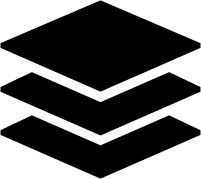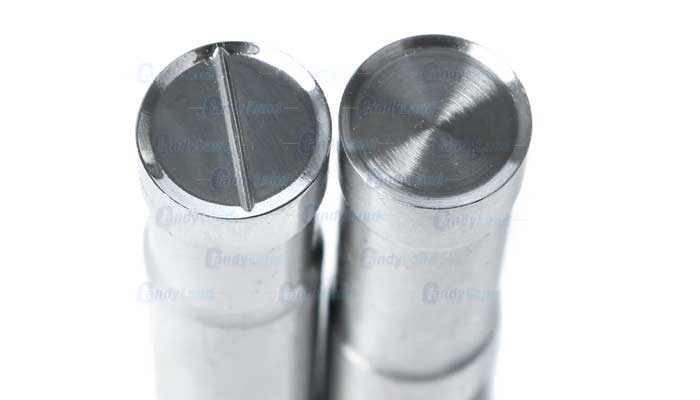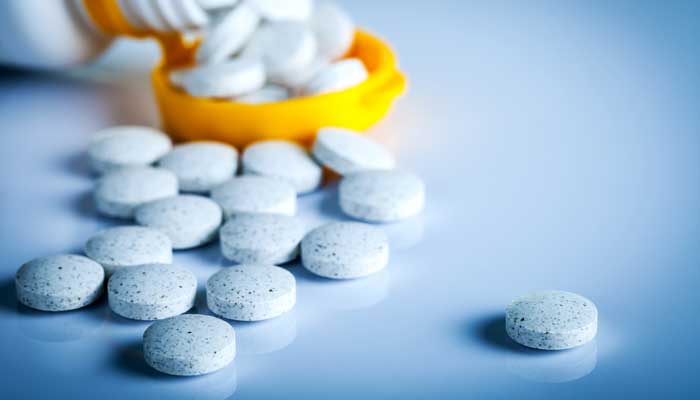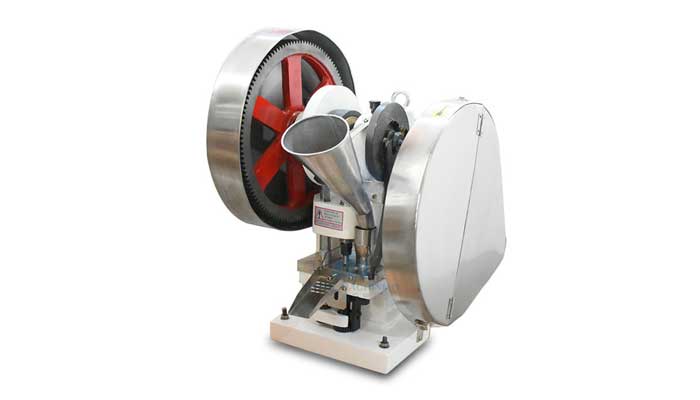Drying is an operation that uses heat to vaporize the moisture in a material and remove it. The moisture removed from the material is generally water or volatile components, such as ethanol. The air stream that carries away the moisture is generally air. The heating methods used for material drying are heat conduction, convection, thermal radiation, dielectric, etc., of which convection heating and drying is the most commonly used heating method in the pharmaceutical process, referred to as convection drying. Almost all of the preparation of fluid paste, granules, capsules, tablets, pills and biological products, etc. are directly applied to drying technology. Drying is convenient for material processing, transportation, storage and use, and can ensure the quality of drugs and improve their stability of drugs.
The basic principle of drying and its influencing factors
The basic principle of drying
In the convection drying process, when the wet material is in contact with the hot air, the hot air will transfer the heat energy to the surface of the material, and then from the surface to the interior of the material, which is a heat transfer process, and the power of the heat transfer process is the temperature difference between the two; after the wet material gets heat, its surface moisture is vaporized first, and the internal moisture of the material diffuses in liquid or gaseous state, and reaches the surface through the material layer, and continuously vaporizes to the air, which is a mass transfer process, its power is the difference between the two water vapor partial pressure. When the water vapor pressure P0 generated on the surface of the material is greater than the water vapor pressure P in the hot air (p0-p>0), the drying process can be carried out smoothly; if P0-P=0, it means that the dry medium and the water vapor in the material reach equilibrium, drying that stops; if P0-P<0, it means that the material not only cannot be dried but also absorbs moisture. The drying of materials is the process of heat and mass transfer at the same time and in the opposite direction.
Study on the nature of moisture in materials
(1) Equilibrium water and free water. Equilibrium water refers to a certain air state, the material surface water vapor pressure and the air-water vapor partial pressure is equal, and the moisture contained in the material is the moisture that can not be removed in the drying process; free water refers to the part of the material that contains more than the equilibrium moisture, is the moisture that can be removed in the drying process. The equilibrium water amount of each material increases with the increase of relative humidity in the air.
(2) Binding water and non-binding water. Combined water refers to the water that is mainly combined with the material in a physicochemical way, which has a strong binding force with the material and the drying speed is slow. Binding water includes water in the cell wall of animal and plant materials, water in the capillaries of materials, water in soluble solid solutions, etc. Non-binding water refers to water that is mainly combined with the material in a mechanical way, and its binding force with the material is weak and the drying speed is fast.
Drying rate and its influencing factors
The drying rate refers to the weight of water that can be vaporized by the dried material in unit time and unit drying area, that is, the reduction value of water. Its rate is mainly determined by the rate of diffusion of internal water to the surface of the material, and the rate of diffusion of internal water mainly depends on the structure, shape and size of the material itself.
Drying equipment
Normal pressure chamber dryer
The outer wall of the atmospheric pressure chamber dryer is covered by adiabatic material, and multiple layers of dry material trays can be put on the support inside the chamber. It is the common equipment for air drying. Usually, the small dryer is called an oven and the large one is called a drying room. The chamber dryer mainly uses steam or electric energy as the heat source to produce hot air to take away the moisture through the material and achieve the purpose of drying. The hot air passes along the surface of the material, which is called a parallel flow dryer; if the material tray is changed to a metal screen or porous plate, the hot air can pass through the material layer evenly, which is called a flow dryer. The drying efficiency of the latter is higher, and the energy consumption is also large.
The chamber dryer is used for the drying of herbal extracts and pills, dispersants, tablet granules and granules. The characteristics are: simple structure, less investment in equipment, convenient operation, strong adaptability, the same equipment can be applied to dry a variety of materials, adjustable drying temperature, suitable for the drying of products with small production batches and many varieties in the pharmaceutical industry, less material breakage and less dust in operation. However, the drying time is long, the material is not evenly dried, the heat utilization rate is low, and the labor intensity is large.
The basic structure is similar to that of a single-stage chamber dryer, but the difference is that the hot air is heated once again in the middle after flowing through one layer of materials, so the temperature of hot air flowing through each layer can tend to be the same, and the drying of materials on each layer also tends to be uniform.
Fluidized bed dryer
The drying principle of a fluidized bed dryer is: the wet particles to be dried are placed on the air distribution plate, and the dry hot air flows through the air distribution plate into the drying chamber at a faster speed, and the particles float upward with the airflow due to the larger wind speed. The contact area between airflow and particles is large, and the heat transfer between air and solid is good, and the particles are dried quickly and evenly. This method is suitable for handling wet granular materials which are not easy to agglomerates, such as the drying of wet granules of tablets and granules.
The advantages of fluidized bed drying are: large heat transfer coefficient, good heat transfer effect, large drying rate, a more uniform temperature in the bed, the residence time of operation can be determined according to the situation of wet materials, and the water content of the product is low; large processing capacity of drying equipment, simple structure, small footprint, low investment cost, and convenient operation and maintenance. The disadvantages of this kind of dryer are: it is difficult to deal with the materials which are easy to stick together and stick to the wall, and friction occurs in the drying process which makes the materials produce too much fine powder.
Fluidized bed dryer has the following two types
(1) Single-layer fluidized bed dryer. Its structure is simple, easy to operate and large processing capacity, which is suitable for materials that are easier to dry or have less strict requirements on the moisture content of the finished products.
(2) Multi-layer fluidized bed dryer. The air of this dryer is fed from the bottom and moves against the flow layer by layer, and the granular materials are added from the top layer and flow from top to bottom through the overflow pipe **drying, with a high utilization rate of heat energy and high and uniform drying of products.
Infrared dryer
The infrared dryer is a kind of drying method that uses infrared radiation elements to directly heat the material. Infrared is an electromagnetic wave between visible light and microwave, its wavelength range is 0.72-1000μm area, the wavelength in 0.72-5.6μm area is called near-infrared, and the wavelength in 5.6-1000um area is called far infrared. The electromagnetic wave generated by the infrared radiator radiates to the dried material at the speed of light, when
When the emission frequency of the infrared ray matches the inherent frequency of molecular movement in the material, it will cause strong vibration and rotation of molecules in the material and generate heat by violent collision and friction inside the material to achieve drying purposes.
Infrared drying is especially suitable for drying the surface layer of large area materials because the molecules of materials on the surface and inside absorb infrared rays at the same time, so the heating is uniform, and the products have a good appearance and high mechanical strength, but this kind of dryer consumes a lot of electricity.
Microwave dryer
A microwave is a kind of electromagnetic wave with a wavelength of 1-0.001m and a frequency range of 300-300,000MHz. 915MHz and 2,450MHz are used in the industry. Microwave belongs to dielectric heating and drying. The principle of microwave drying is to place the wet material in the high-frequency electric field, the water molecules in the wet material under the action of the microwave electric field, repeatedly polarized, repeatedly change and rotate, resulting in violent collision and friction, so that the energy absorbed in the microwave electric field becomes heat energy, and the material itself is heated and dried. Microwave dryer heating quickly, fast drying speed, sensitive control, easy to operate, uniform heating, high thermal efficiency, especially beneficial to the drying of materials containing water. Because the water molecules than the solid materials absorb microwave ability, so the water gets more energy, and solid materials because of less energy and thus the temperature will not rise very high. The disadvantage of such dryers is the high cost, the stability of some materials have to impact, and the need to add labor protection measures.




